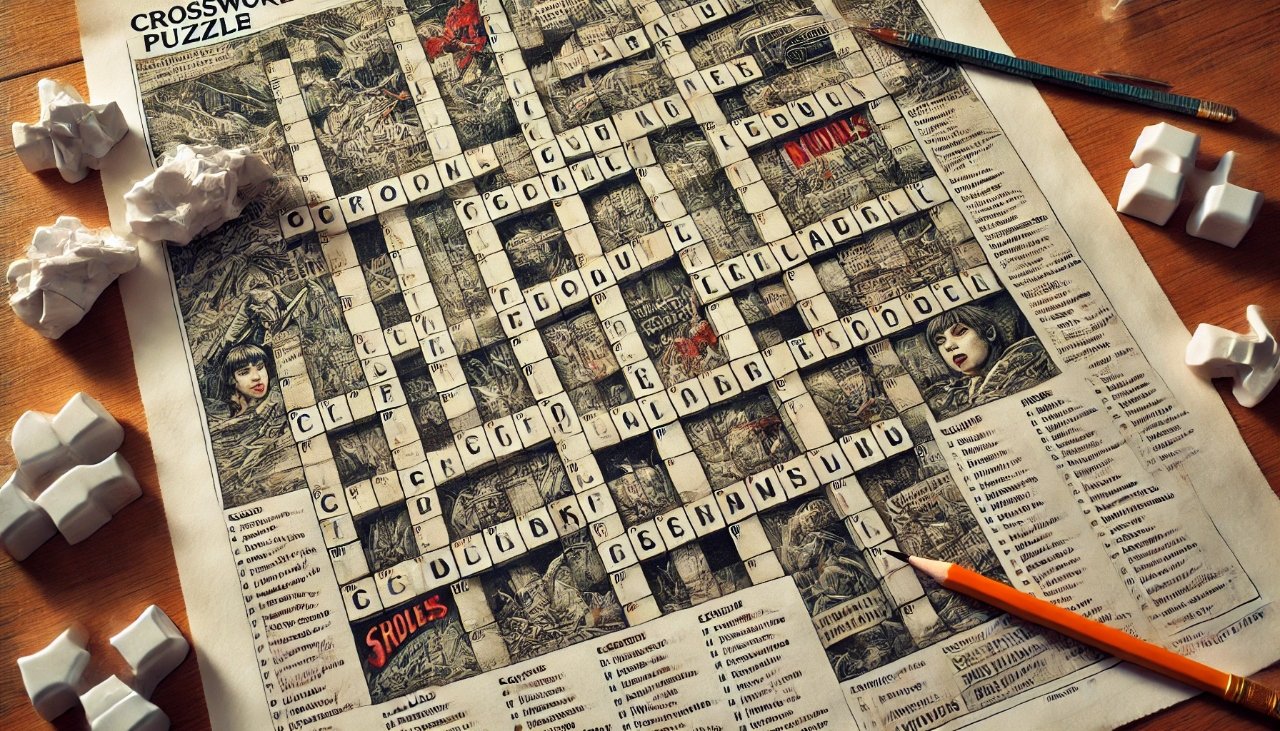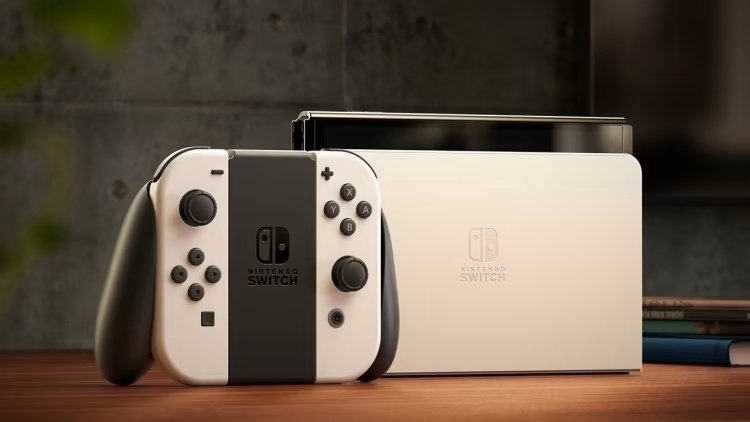As crossword enthusiasts, many once held the New York Times crossword puzzles in high regard. The NYT crossword was a beloved daily challenge for years, regarded as the gold standard of word puzzles. However, in recent times, a significant shift has occurred. Many crossword enthusiasts express frustration and disillusionment with the once-admired puzzles, prompting them to question their loyalty to the NYT. If you’ve found yourself in this group, you’re not alone. In this article, we’ll explore why some are No Longer a Fan of NYT crossword clues.
The Decline in Quality of NYT Crossword Clues
For many crossword lovers, the New York Times crossword has been a daily ritual, blending mental stimulation with the satisfaction of solving intricate word puzzles. However, a shift in quality has become noticeable. Over the years, what was once considered a masterpiece of craftsmanship now sometimes feels rushed or inconsistent. Some solvers have reported that the clues no longer seem as clever or well-constructed as they used to be.
This perception has led to growing dissatisfaction among long-time fans. Puzzles that were once filled with fresh and challenging clues are now being seen as repetitive or uninspired. A common sentiment is that the puzzles now cater to casual solvers more than seasoned experts, leaving many devoted fans feeling alienated.
Key Points Contributing to the Decline:
- Clues have become overly simplified.
- Repetition of similar answers across puzzles.
- An increasing focus on pop culture references.
- A shift toward easier and shorter puzzles, reducing challenge.
The decline in the depth of the clues has diminished the sense of achievement that fans once relished, leading to the sentiment of being “no longer a fan of NYT crossword clues.”
Are Pop Culture References Ruining the NYT Crossword?
Another prevalent criticism is the growing reliance on pop culture references in crossword clues. While including current events and trends can bring freshness to puzzles, the overuse of these references has alienated a segment of solvers who prefer traditional or general knowledge clues. Some solvers feel that this modern approach cheapens the puzzle and reduces its timeless appeal.
In contrast to the intellectual and vocabulary-based challenges that made No Longer a Fan of NYT crosswords famous, the frequent appearance of niche pop culture references has left many solvers feeling disconnected. This trend has sparked debates within the crossword community, raising the question of whether the NYT crossword is trying too hard to stay relevant in a fast-moving, trendy world.
Examples of Pop Culture References in Crosswords:
- Movie titles and actor names.
- TV show catchphrases or memes.
- References to social media influencers.
- Modern-day slang.
While pop culture can undoubtedly be fun, the balance between timeless wordplay and fleeting references appears to be tilting unfavorably for some traditional solvers.
The Shift Toward Digital Platforms: A Blessing or a Curse?
The transition from print to digital has also impacted how crossword puzzles are experienced. For decades, completing the puzzle with a pencil in hand was part of the ritual. However, with the rise of mobile apps and online subscriptions, more solvers are completing their puzzles on screens. While this shift has made crosswords more accessible to a broader audience, it has also created challenges.
Some solvers argue that the digital format has changed the puzzle-solving experience in ways that detract from the original allure. The tactile satisfaction of physically filling in the boxes is lost, replaced by a less engaging tap on a screen. Additionally, the ease with which digital tools allow users to cheat or access hints has diminished the sense of accomplishment for many solvers.
Pros of Digital Crossword Platforms:
- Greater accessibility for a wider audience.
- Instant access to puzzles anytime, anywhere.
- Interactive features and hints for beginners.
Cons of Digital Crossword Platforms:
- Loss of the traditional pencil-and-paper experience.
- Potential to misuse hints and shortcuts, diluting the challenge.
- Increased temptation to rush through puzzles.
For some, the move to digital may feel like an inevitable evolution, while for others, it marks a turning point in their crossword-solving journey.
Are the Puzzles Becoming Too Easy?
Another reason some crossword enthusiasts are No Longer a Fan of NYT puzzles is the perceived drop in difficulty. The challenge and satisfaction of completing a tough crossword are what drew many fans to the NYT in the first place. Over time, though, some solvers have observed that the puzzles have become easier, especially earlier in the week.
Where once the puzzles required a deep knowledge of wordplay, synonyms, and obscure facts, now the answers seem more obvious. For veteran solvers, this reduction in difficulty removes the mental workout that made solving crosswords so appealing. The lack of challenging puzzles, particularly at the start of the week, has been another reason why some fans have drifted away.
How Difficulty Levels Are Distributed:
- Monday to Wednesday: Traditionally the easier puzzles of the week.
- Thursday: Known for its tricky themes and clever wordplay.
- Friday and Saturday: The hardest, with minimal or no clues provided.
- Sunday: A larger puzzle but not necessarily the hardest.
As solvers grow in skill, they naturally crave harder puzzles. However, if the NYT fails to deliver that sense of challenge consistently, it risks losing its loyal expert base.
The Evolving Audience: Catering to Newcomers Over Experts?
Some argue that the changes in the NYT crossword are driven by a need to appeal to a broader, perhaps less experienced audience. By simplifying clues and relying on popular culture, the puzzle may be trying to attract casual solvers who enjoy quick and easy entertainment. But in doing so, it risks alienating its long-time, more seasoned fans who prefer complex wordplay and nuanced themes.
While broadening the audience is an understandable business move, it poses a significant question: Is the NYT crossword sacrificing quality for quantity? For those who once adored the intricate puzzles of the past, this shift can feel like a betrayal.
Effects of Catering to a New Audience:
- Increased accessibility for casual solvers.
- Decreased challenge for experienced solvers.
- A possible shift away from the high standards that once defined the puzzle.
The balance between staying relevant and maintaining quality is tricky. But for those who feel like the puzzles no longer represent the challenge they once loved, this shift has been a dealbreaker.
Why Some Crossword Solvers Are Switching to Other Publications
As dissatisfaction with NYT crossword clues grows, many solvers have started exploring alternatives. Other publications and independent crossword creators have gained popularity by offering puzzles that deliver the challenge and intellectual engagement some fans feel are missing from the No Longer a Fan of NYT.
These alternative puzzles often include more diverse themes, more complex wordplay, and, notably, fewer pop culture references. As solvers look for crosswords that test their skills and satisfy their desire for a mental challenge, these options have become increasingly attractive.
Popular Alternatives to the NYT Crossword:
- The Wall Street Journal crossword.
- The LA Times crossword.
- Independent crossword creators and apps like “Crossword Nexus” or “Puzzazz.”
These alternative crosswords often prioritize wordplay, challenge, and creativity over catering to mainstream trends, which has drawn away some of the NYT’s former loyal fans.
Conclusion: Will the NYT Crossword Regain Its Loyal Following?
While the New York Times crossword remains iconic in many ways, it’s clear that some solvers are no longer as enchanted with it as they once were. The growing reliance on pop culture, a perceived decline in clue quality, the ease of digital formats, and the shift toward easier puzzles have all contributed to this change.
However, it’s also important to note that change is inevitable, and the puzzle may be simply evolving with the times. For those who still love the NYT crossword, there’s hope that future puzzles will strike a better balance between challenging long-time fans and attracting new solvers.
For now, though, a segment of solvers has made it clear—they are No Longer a Fan of NYT crossword clues. Will the puzzle’s creators take this feedback into account, or is this just the beginning of a broader shift in the crossword world?
FAQs
What are some reasons people are no longer fans of NYT crossword clues?
Many fans cite a decline in the quality of clues, an overreliance on pop culture, and a reduction in difficulty as reasons for their dissatisfaction.
Are NYT crossword clues becoming too easy?
Yes, especially earlier in the week, with many solvers noting that the challenge has lessened over time, making the puzzles feel too simplified.
What alternatives to NYT crosswords exist?
Popular alternatives include the Wall Street Journal crossword, the LA Times crossword, and puzzles created by independent crossword creators.
Has the digital format impacted how crosswords are solved?
Yes, the shift to digital has made puzzles more accessible but has also removed some of the tactile satisfaction of solving puzzles on paper.
Are pop culture references overused in NYT crosswords?
Many long-time solvers feel that the excessive use of pop culture references detracts from the timelessness of the puzzles and makes them less engaging.
Is the NYT crossword catering to newcomers at the expense of long-time fans?
Some believe the puzzle is simplifying its clues and themes to appeal to casual solvers, alienating its more experienced, loyal fan base.











